In 1900, William Pfeiffer and his family rented rooms at 902 Bank Street. 20 years earlier, William and his family lived down on Main Street where he kept a tavern close by. That didn’t work out and was now working at a Brewery on Liberty Street.
Times were hard, his wife Elizabeth was slowly going blind and even his oldest son had to quit school for work after the 3rd grade. William never got the hang of english, which didn’t really matter much in the Bank Street neighborhood, as everyone around was German. This heritage was to get stomped on in 17 years with the coming of World War One, even the German street names were to be changed, but for now, the whole town seemed to be imported from Bavaria.
Most of the girls were working in laundry and tailor shops. Young Will Pius was 18 years old and working as a varnisher, learning his trade to one day own and run ‘Will Pfeiffer and Sons, Painters’. But for now, he supplemented his education by devouring an encyclopedia. Valentine would follow Will into the house painting business in the future, but in 1900 he stayed in school along with Mary. Painting would bite Valentine in the future when he was slowly poisoned by the lead he and Will had to mix their paints with. Elizabeth’s nephew, Carl Gaertner, had just recently immigrated to the US and was staying with them. Through one of William’s friends, he got a job as a porter.
The 900 block of Bank Street was filled with tenements, meat packing plants, and other businesses. One thing the elder William liked about the neighborhood was St. Augustine Church, which was just past the Sacred Heart Convent down towards Ailanthus Street.
Past that were more houses, packing plants, cemetery monument makers, carpenters and furniture makers, saloons and blacksmiths. News about the new horseless carriages were around, but no one had seen one yet. Electric streetcars were brand new, and young Will was already trying to derail them by wedging scrap metal on the tracks. Soon he would look for more adventure and join the Ohio National Guard in 1901.
The entire neighborhood along Bank Street, from Freeman to Baymiller and including Ailanthum Street, was bulldozed around 1970, and the ballfields of Dyer Park sit there now, quietly covering the basements and foundations of a unique German community.
William would soon be dead, a result of an accident at the brewery. Young Will would be married in another five years to Rose Beiting. Elizabeth’s eyesight was fading, but got along with the help of her daughters and son Val, who were still living with her in 1930, across the street from Roger Bacon High School, and her other son, Will. Will’s family would spread out from Cincinnati, and settle from one end of the country to the other, and pride in German heritage would return to Cincinnati.
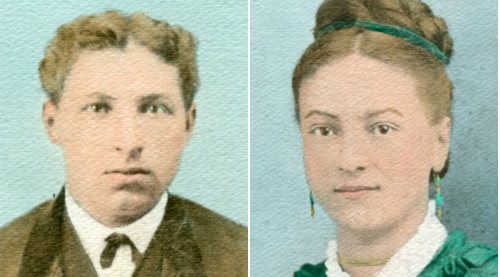
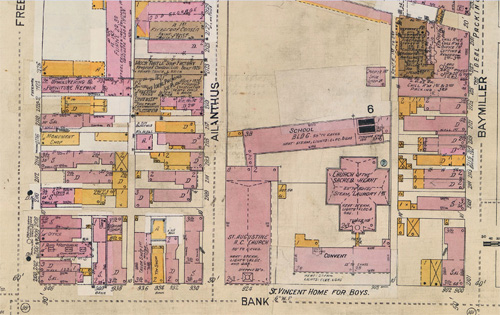
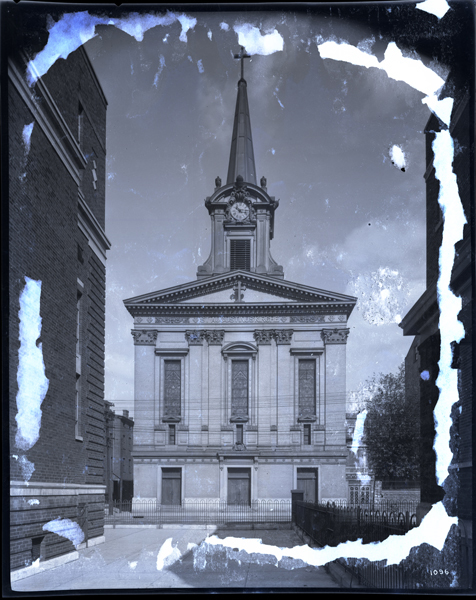
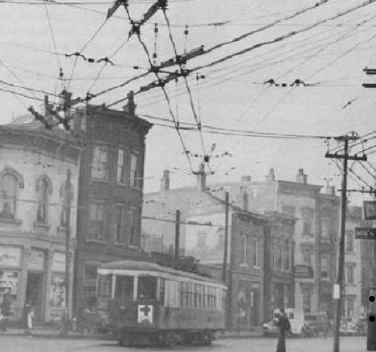
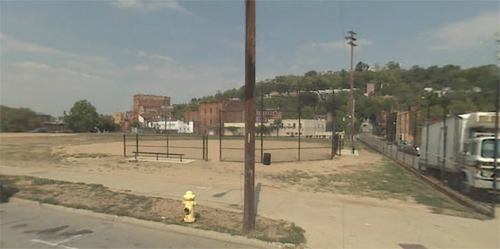

Leave a Reply
You must be logged in to post a comment.